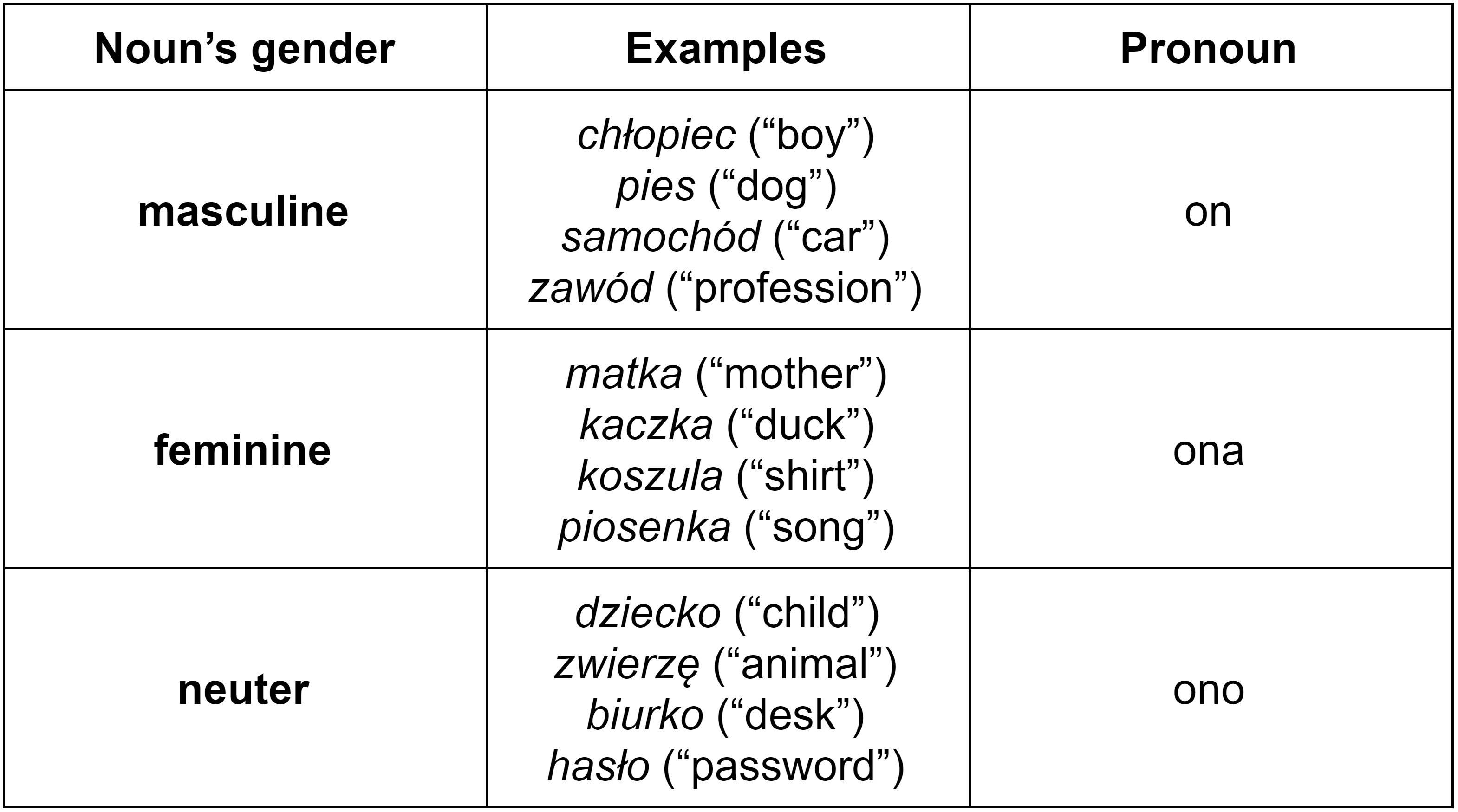Personal Pronouns Singular And Plural Examples | You can look at the chart below for examples. Singular pronouns are simply pronouns that refer to singular nouns. # not suitable for all phones. Personal pronoun is the pronoun used to stand for the noun. Singular (i, me, you, he, him, she, her, it) or personal pronouns have three grammatical persons:
I, me, my, mine, myself. Unlike in the first sentence examples, the personal pronouns in these sentence examples occupy the object position to show that they appear in object form. Personal pronouns represent people or things. The following lists some indefinite pronouns terms that are commonly used. Some pronouns are singular and others are plural.

Personal pronouns stand for three persons an indefinite pronoun can stand for singular, plural or at times for both. In the above example, i is the first person singular subject. I, you, he, she, it, we, they, me, him, her, us, them. 1st person is the person speaking, 2nd person is the person being spoken to, and 3rd person is the person being spoken about. Just like other personal pronouns, subject pronouns and object pronouns can take on different forms depending on number, i.e. Two pronoun examples pronoun worksheets pronoun definition types of pronoun. Each personal pronoun is singular or plural in number: Personal pronouns are used to replace nouns or noun phrases. For example, words like they and we are plural, personal, definite pronouns, and words like many and both are plural, indefinite pronouns. Reflexive pronouns show that the action affects the person who performs the action. They are singular or plural. Become a lingolia plus member to access these additional exercises. The noun being replaced and the function that noun has in the sentence.
A different pronoun is required depending on two elements: The question ends with a deictic vocative tag, the second person singular personal pronoun du to require gender for singular but not plural personal pronouns (or for that matter demonstrative. Some pronouns are singular and others are plural. Personal pronouns are the stunt doubles of grammar; Indefinite pronouns, a special class of words, will often be antecedents for personal pronouns.

# not suitable for all phones. Two pronoun examples pronoun worksheets pronoun definition types of pronoun. Some pronouns are singular and others are plural. Pronouns i, you, he, she, it, we, you, they. The third person plural pronouns they/them are used as gender neutral pronouns in the singular and it is used for everything else. Indefinite pronouns, a special class of words, will often be antecedents for personal pronouns. The correct pronoun choice depends on the word's use in the sentence as well as the number (singular or plural) and gender of the noun being replaced. Reflexive pronouns include myself, himself, themselves, and herself. A personal pronoun replaces the name of a person in a sentence. Whether they are singular or plural. Determines how a pronoun is being. Singular pronouns are simply pronouns that refer to singular nouns. This lesson discusses the variety of ways in which english plural nouns are formed from the corresponding singular forms, as well as various issues concerning the usage of singulars and plurals in english.
Reflexive pronouns singular and plural. Indefinite pronouns, a special class of words, will often be antecedents for personal pronouns. Personal pronouns can be either subjects or objects in a. Personal pronoun is the pronoun used to stand for the noun. For example, words like they and we are plural, personal, definite pronouns, and words like many and both are plural, indefinite pronouns.

Here is a graphic preview for all the kindergarten, 1st grade, 2nd grade, 3rd grade, 4th grade, and 5th grade singular and plural pronouns worksheets. This lesson discusses the variety of ways in which english plural nouns are formed from the corresponding singular forms, as well as various issues concerning the usage of singulars and plurals in english. Take a look at the following table for a list of some common singular and plural. In these examples, the personal pronouns he and she refer to the subjects expressed by the singular nouns anton and sister. These examples are from corpora and from sources on the web. Also, it is important to remember that there is no distinction between the singular or plural forms of you* in english*. Three persons (points of view). For example, words like they and we are plural, personal, definite pronouns, and words like many and both are plural, indefinite pronouns. For example, the subject expressed by two personal pronouns connected by the conjunction and takes the verb in the plural form. It is only in the reflexive pronouns that we distinguish between these two forms: Singular indefinite pronouns cause problems. Whether they are singular or plural. Personal pronouns stand for three persons an indefinite pronoun can stand for singular, plural or at times for both.
Indefinite pronouns, a special class of words, will often be antecedents for personal pronouns singular and plural pronouns examples. Here we use the pronoun they to indicate the plural form of both neuter gender and masculine or feminine gender.
Personal Pronouns Singular And Plural Examples: Singular pronouns are simply pronouns that refer to singular nouns.
Tidak ada komentar:
Posting Komentar